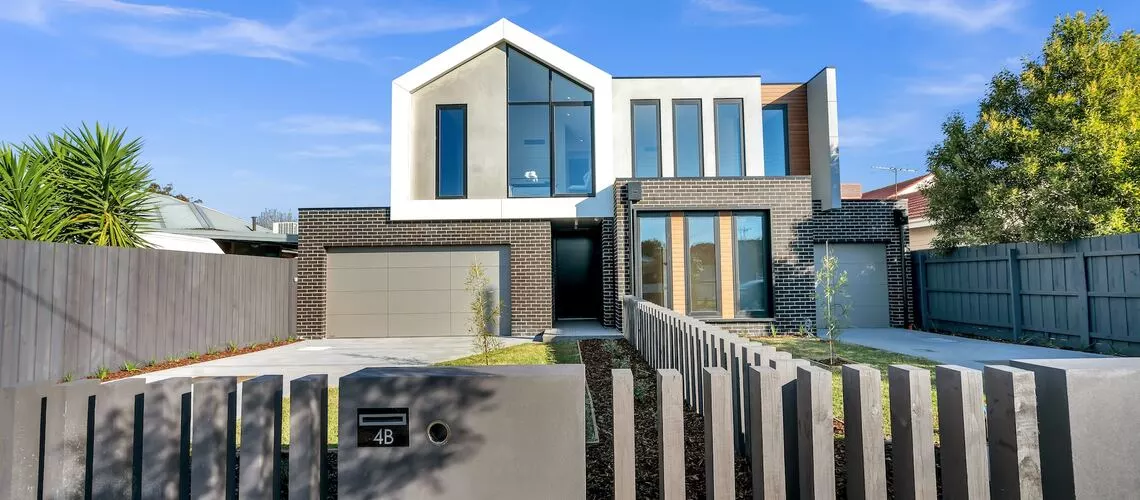In the world of property valuation, various methods are used to determine the worth of a property. One such method is the cost approach, which focuses on evaluating property based on replacement costs. This article will delve into the intricacies of the cost approach and shed light on its importance in property assessment.
Understanding the Cost Approach
The cost approach is a crucial tool used by real estate professionals to assess the value of a property. It takes into account the cost of constructing a similar property at present, considering factors such as materials, labour, and land value. This method assumes that an informed buyer would not pay more for a property than the cost of acquiring a similar property and improving it.
Determining Replacement Costs
To implement the cost approach effectively, it is essential to have a comprehensive knowledge of construction costs. Estimating the replacement costs involves evaluating various elements, including the square footage, quality of materials, and architectural features. Appraisers use cost manuals and databases to determine the current costs of materials and labour in a particular location.
Taking into Account Depreciation
While evaluating property value using the cost approach, depreciation plays a significant role. Depreciation considers the loss in value of a property over time due to factors such as wear and tear, functional obsolescence, or external influences. Appraisers carefully analyse the property to identify any forms of depreciation and adjust the value accordingly. This ensures that the final valuation reflects the actual worth of the property in the current market.
Applying the Cost Approach
The cost approach is especially valuable when assessing unique or specialised properties that do not have many comparables in the market. For instance, historical buildings or customised structures may not have similar properties that can be used for comparison. In such cases, the cost approach provides a reliable methodology to determine the value of these distinctive properties.
Advantages of the Cost Approach
- Accuracy: The cost approach offers an accurate reflection of a property’s value by considering current replacement costs and applying depreciation factors.
- Understandability: It is a simple and straightforward approach that can be easily understood by both appraisers and clients.
- Unique Properties: The cost approach proves particularly useful in evaluating properties that have unique characteristics or lack comparable sales data.
Limitations of the Cost Approach
- Inaccurate Land Valuation: The cost approach solely focuses on the improvement value of a property and may not accurately reflect the true worth of the land.
- Age and Condition: This method assumes that the replacement costs are applicable to a new property, which may not be the case for an older property in poor condition.
- Subjectivity: Determining depreciation and adjusting values based on subjective factors can introduce some degree of subjectivity to the final valuation.
The cost approach is a vital component of property valuation, ensuring that the true worth of a property is accurately determined. By considering replacement costs and incorporating depreciation factors, this approach offers accuracy and reliability, especially for properties with unique characteristics. While it has its limitations, the cost approach is a valuable tool in the real estate industry, providing insights that supplement other valuation methods.



